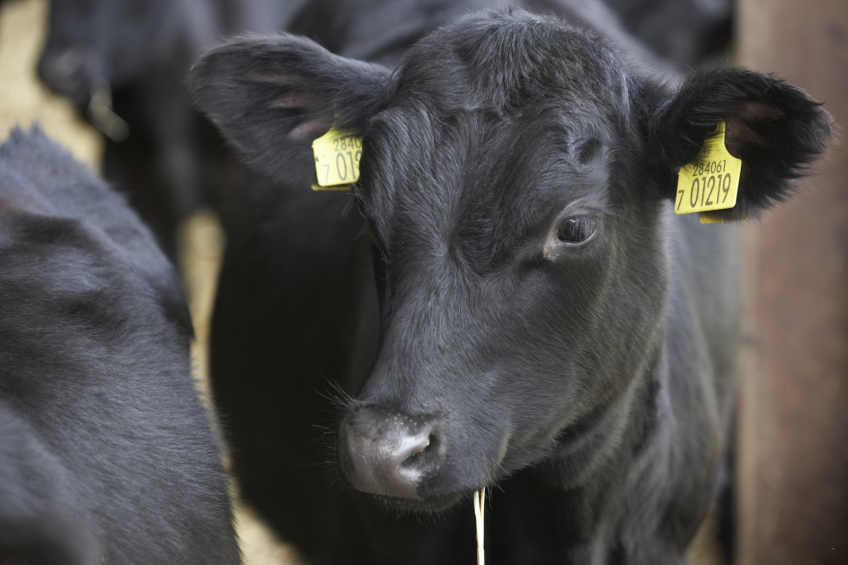Prebiotics usage in livestock: What is next?

Prebiotics are able to modulate gut microbiota and to selectively stimulate the growth of beneficial bacteria. Among prebiotics, mannanoligosacharides (MOS) from the yeast Saccharomyces cerevisiae have been widely researched and applied in animal nutrition.
The main described effects of MOS are related to pathogen colonisation blocking and being a substract of fermentation to beneficial bacteria, alongside growth and feed conversion improvement. The use of MOS as a pathogen colonisation blocker evolves from the concept that some sugars as mannose could be used as inhibitors of pathogen adhesion to intestinal cells. When fermented, MOS is converted into short chain fatty acids which reduce faecal pH and nourish the gut cells. With the increasing restrictions on antibiotic usage as growth promoters, prebiotics fit as natural alternatives to support a suitable development and to keep the performance of the animals.
A trial performed with Holstein heifer calves demonstrated that MOS supplementation led to an average daily weight gain 6.66% higher and reduced costs for the treatment of diarrhoea, compared to a control group. Poultry, laying hens and piglets are particularly responsive to prebiotics. MOS supplementation in piglets has shown to effectively reduce the incidence of acute diarrhoea, with a reduction of up to 47% as demonstrated in a field trial. In a study performed with laying hens at the end of the production cycle, supplemented birds laid up to 3.60 more eggs compared to the control group, with an additional reduction on the Salmonella count in the faeces.
Studying the effects of MOS in juveniles of Nile tilapia (non-published data), the supplementation led to a prevalence of Bacillus in the fish gut microbiota and to an overall improvement of performance, with higher weight gain and lower feed conversion rate in the supplemented fish. In a recent trial with rainbow trout juveniles, in similarity to the results obtained in tilapia, the supplementation with MOS led to a greater weight gain and lower feed conversion ratio. Supplemented fish also had a numerical increase on the Lactobacillus counts compared to the control group.
Next generation of yeast prebiotics
Besides the disbalance in bacterial populations, animals may also develop gut inflammation both by stressing events or as a physical consequence due to the transition from liquid to solid diets for monogastrics or to the use of plant proteins for carnivorous fish. In this situation, there is a prevalence of inflammatory cytokines such as tumoural necrosis factor, IL 1β and Il 6 and, once the inflammatory process is installed, morphological alterations in intestinal structure takes place leading to low nutrient absorption, poor growth and weight gain.
To counter this problem, Biorigin has developed HyperGen, a new generation of yeast prebiotics able to modulate the gut environment. The differentials of this product are: solubilisation of the mannans layer with a reduction of its particle size, which becomes more easily fermented by beneficial bacteria and able to act on different gut receptors; and partial exposition of its beta-glucans content, which are now able to interact with the gut local immunity.
In a study performed at Kansas State University (non-published data), weaned Holstein heifer calves with an initial body weight of 70 kg were supplemented with the prebiotic product for over seven weeks. Animals were housed individually during the first two weeks of the study and then kept in groups of three. Results show that supplemented animals had greater body weight gain (P < 0,05) from week 1-2, 3-4 and 6-7 (Figure 1). Moreover, there was a trend of improvement for immune parameters, probably due to the influence of the intestine in the systemic immune response.
Figure 1 – Weekly body weight gain in Holstein heifer calves.

The benefits of prebiotics supplementation have already been proven in several livestock species. New products with complementary ways of action are solutions to be explored for reaching the best performance potential of each specie.
References available upon request













